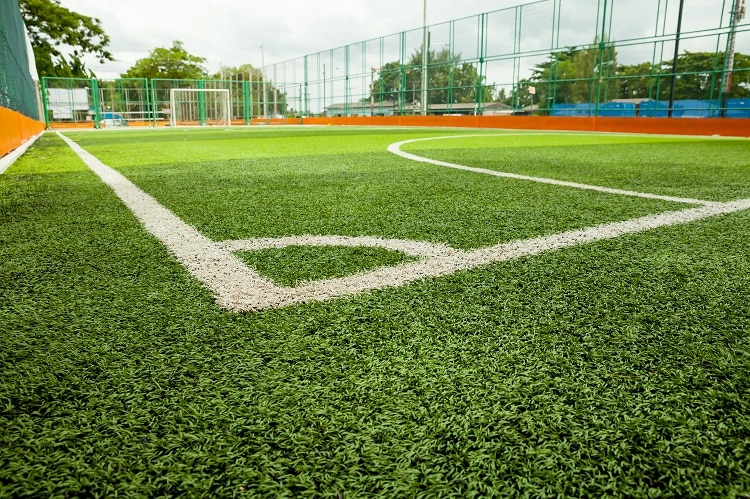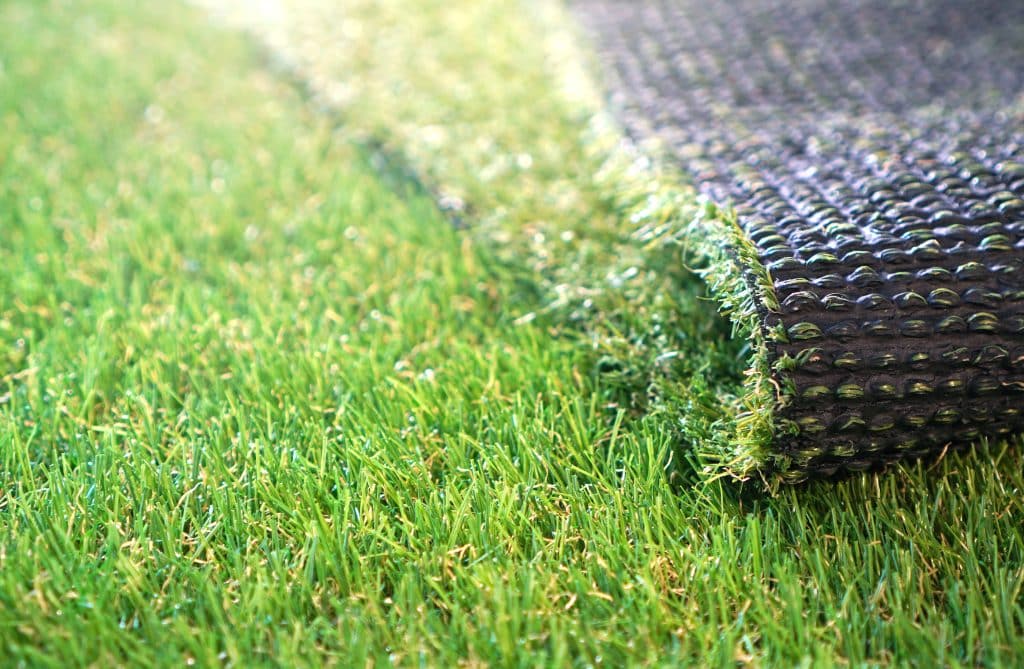How Does Artificial Turf Affect the Environment?


Everyone dreams of owning a home, but very few people enjoy one of the major responsibilities that come with homeownership: lawn care. It’s a lot of work. It’s expensive. On top of that, you have to wonder how all of your effort is impacting the environment. Many people talk about artificial turf as an alternative, but you don’t want to trade your grass for something that might be worse for the environment. That sense of responsibility is good, though, so take a minute and learn about the environmental impacts of artificial turf and how they compare to grass lawns.
Water Use
This is one of the most obvious advantages of artificial turf. It doesn’t need water to stay green. Grass, on the other hand, is thirsty. Even in the Austin area, lawns need care. In fact, the average grass lawn accounts for roughly one-third of all residential water use. This adds up quickly. In fact, the average household could save over one million gallons of water over the life of an artificial lawn. Those aren’t small savings, and they add up on your water bill too.
Now, to be completely fair, some water is used in the manufacturing process of the artificial turf, but it pales in comparison to the persistent watering that is necessary to keep real grass lush and healthy. The turf scores an obvious win on this one.
Emissions
It’s easy to assume that grass is better for emissions than turf. After all, grass is taking carbon dioxide out of the air and converting it to oxygen. That’s great, right? There’s an unfortunate drawback that is often overlooked. Most lawns are maintained with motorized equipment. If you use an electric or gas mower, there are emissions tied to that equipment. Here’s the frustrating part. For the vast majority of home lawns, the emissions released maintaining the grass is greater than the emissions pulled out of the air by the grass. It’s a tough loss.
If you only push mow and are extremely diligent, you can break even on your lawn’s CO2 emissions, but coming out ahead is very tough with grass. It’s not a very good carbon scrubber.
As for turf, there are emissions released in the production and transportation of the turf, but those totals are much less than the emissions of perpetual lawn care. It’s another easy win. In fact, turf is so much better for emissions that it even beats rock yards. It takes more CO2 to break rocks for a lawn than it does to make artificial turf.
Groundwater
This one can feel a little tricky, but when you tally everything, turf wins again. That said, it largely falls down to the choices a homeowner makes in their lawn care. Not all lawns use a lot of fertilizer. On average, fertilizer is a regular part of keeping grass healthy. When it’s used, some elements break down and get into the groundwater. While those elements are filtered before they become drinking water, the pollution bears a negative impact on the overall environment, so your average lawn is bad for groundwater.
If you can maintain a lawn with absolutely no fertilizer, then this problem disappears, but there are other chemicals to consider. Pesticides and weed killers also contain chemicals that aren’t good for groundwater or the environment, and neither is necessary to maintain artificial turf.
Now, in the interest of fairness, artificial turf is not 100-percent chemical-free. It is a petroleum product, and over time some of that petroleum can break down and get into the water. That said, turf releases microscopic levels of petroleum byproducts. Pesticides, herbicides and fertilizers are all substantially worse pollutants, so once again, turf is the better choice for the environment.
Recycling
On this front, artificial turf is the big winner for two important reasons. First, let’s talk about recycling the turf itself. While you never really need to recycle grass, you do need to recycle much of what goes into maintaining grass. Watering systems, lawnmowers, and plenty of other lawn tools tend to have life spans equal to or shorter than artificial turf, and those products are not universally recyclable.
While turf originally had problems with recycling, they have been solved. You can select turf that does not have to end up in a landfill, so your environmental impact is reduced yet again.
Perhaps even more important is that most artificial turf is made from recycled plastics. By installing turf, you are reducing overall plastic waste. The same cannot be said for grass.
From an environmentally conscious standpoint, there are a lot of compelling reasons to consider artificial turf. You can find great options for your turf at LawnPop. From selection to installation, you can get professional guidance for a great turf solution to your lawn needs.




